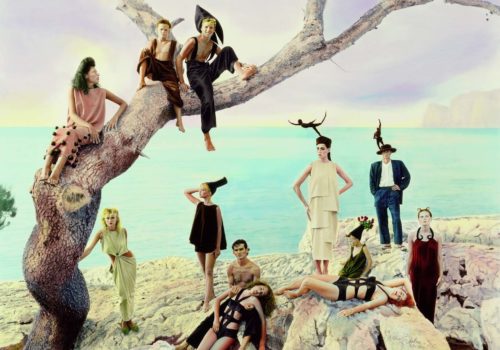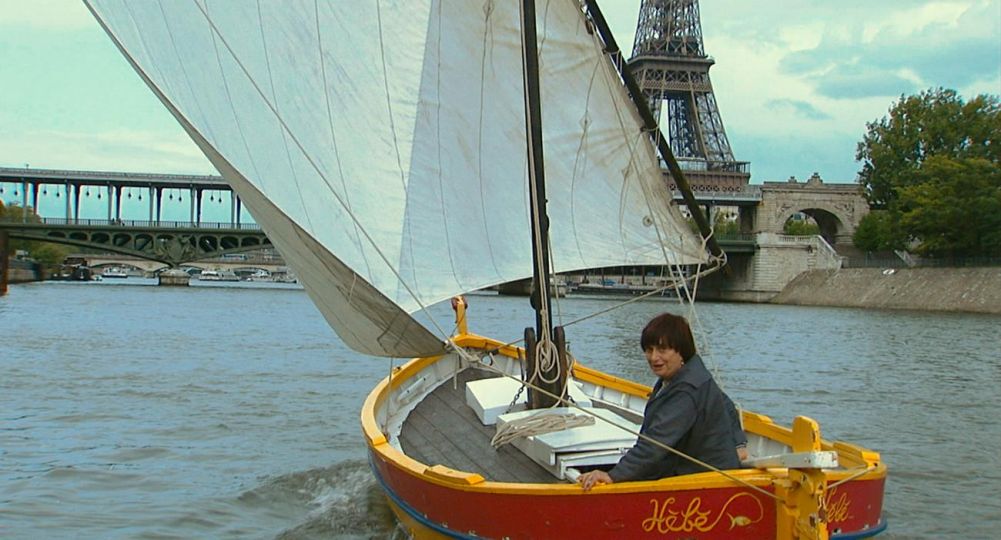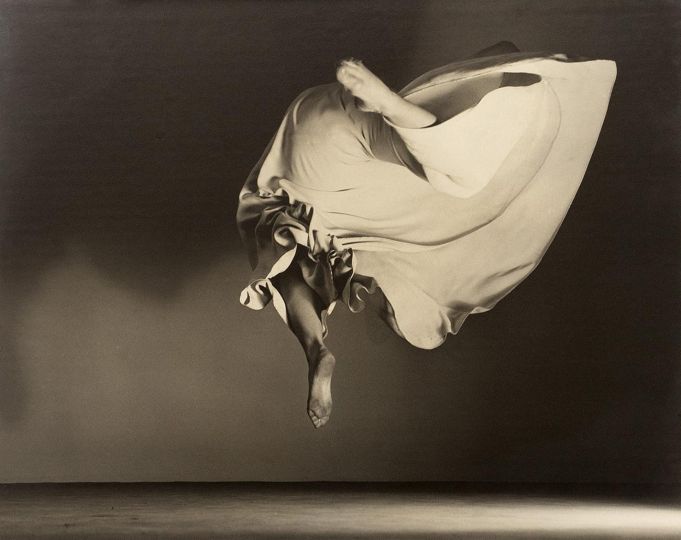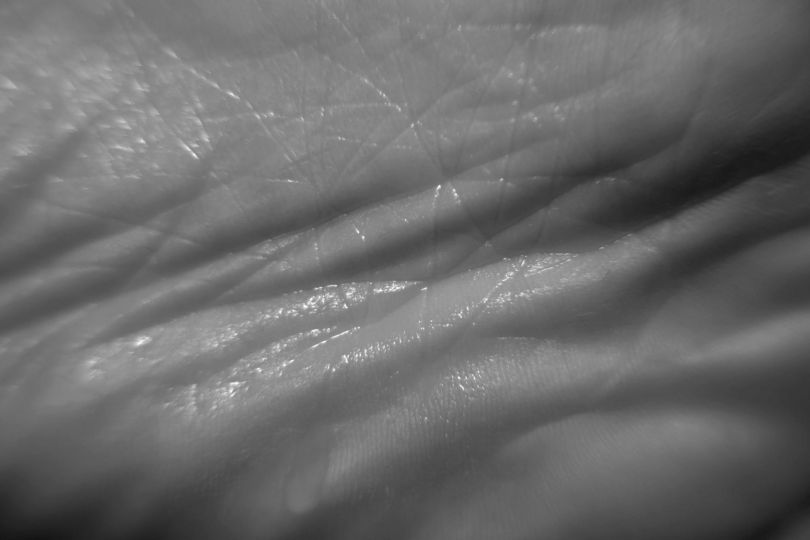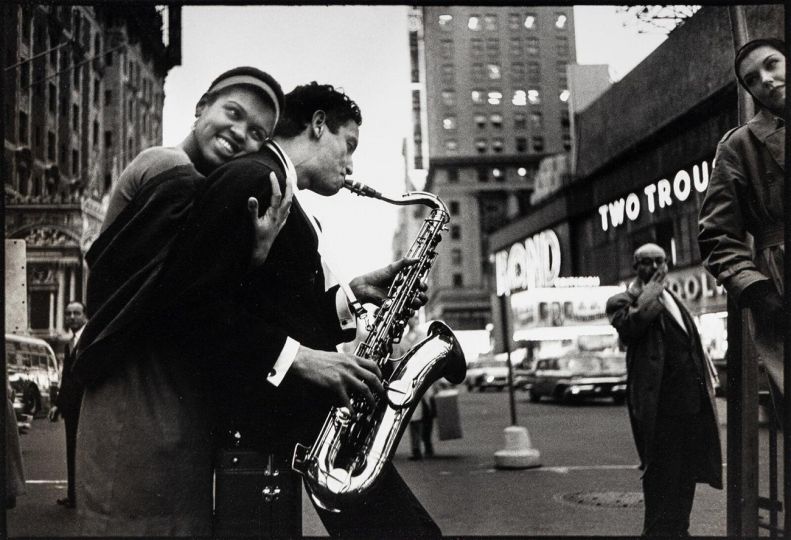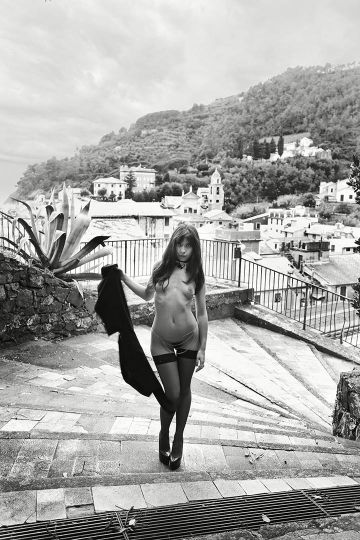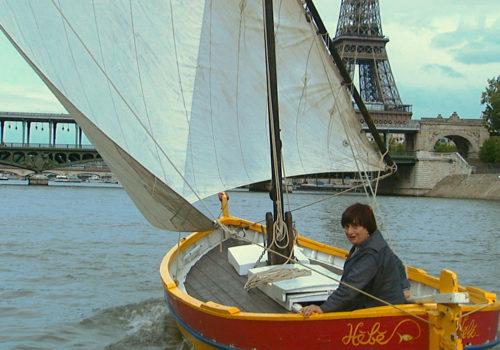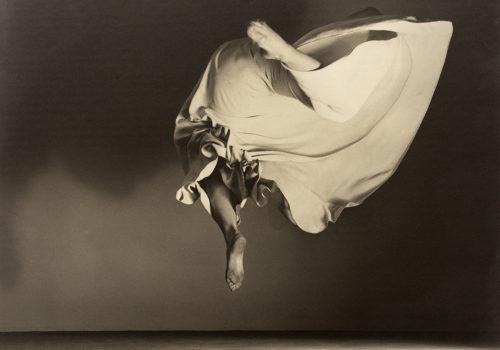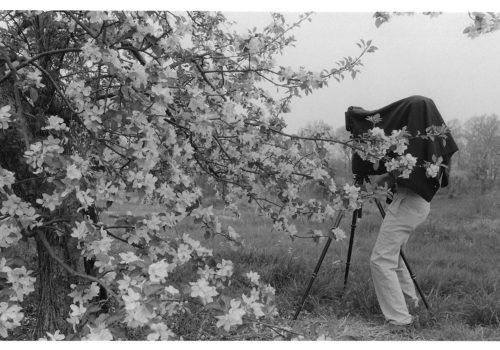Ouka Leele, artist, photographer, painter
Tell us about your beginnings in Photography
O.L : As a little girl I dreamed of being an artist, a painter, I dreamed of inventing colors. When I finished school I started studying in painting, sculpture and drawing academies and there a fellow student insisted on my going with him to a photography academy: the Photocentro; I quickly registered thinking that as a contemporary artist such training was essential. I spent the pocket money from my parents in those lessons. There I met those which were in the photography scene and those which ran Nueva Lente(New Lens), a very prescient magazine of what was to come. They quickly saw in me a new talent, a young and precocious promise of a new look to Spanish photography. I, who wanted to be a painter who arrived there after long hours drawing and painting with my nose stained with charcoal and big portfolios found myself a photographer without having even wanted it. That’s why I always say that photography trapped me, kidnapped me and never wants to let me go.
When did you take your first photo?
O.L : I think I was given an Instamatic for my First Communion, but I don’t much recall taking pictures, I was more interested in film cameras, afterwards I have seen some shots with my brother up on a tree made with that camera but I believe I didn’t even take it myself. In fact my first photos were taken at the Photocentro Academy, composition exercises that made me a photographer. They saw me there as such a promise with my disquieting black and white, my pure and adolescent vision that when I started to color the photos by painting them many bewailed that I was destroying my career.
You began taking pictures and later introduced other techniques in your work, tell us a bit about the reason for these mixed techniques.
O.L : My need to paint, a driving need, made me paint the photos and I also did not at all like the photographic colors. That is how I started to paint them, moved by necessity. At that time I could not live without painting, I suffocated, needed color, to express myself through it, as one needs water.It was almost a pathological need, one that I dragged along since a child.
The photographs are never photomontages, I only add color to make them more realistic, they are more real that way because it resembles more closely that which I feel when I look. A color photograph, to me, falls short. I also like black and white very much because it expresses emotion much better. In fact a painted black and white photo was the first way of making color photographs. I say painted because it is not just colored, like those photos there were in movie houses with a bit of pink on the cheeks and rouge on the lips. My work of painting over the photo is a kind of sculptural hyperrealism where I reconstruct all the light volumes and paint even the eyelashes. Thus each grey tone in the photo becomes a volumetric color tone. Some tell me my photos are surreal but one must understand that the word is french and that “sur” means “on top”, that is, more than realistic, more real, that’s what they are, more real. More true, because they carry the color of the memory of what my eyes saw and the feelings that filled me.
Why do you identify with photography?
O.L : I do not identify with it, others identify me with it. Photography is for me another tool among those with which to create art. I do not identify myself with photography in general, I have a very hard time with the idea of the stereotyped photographer, it seems that they even all dress alike, like hunters in quest of the ideal image. I do not identify myself at all with that kind of photography. I might identify with my own, with my way of doing which is more scenographic, I create the images from what I see, my memories and feelings, my philosophy. I cannot make photographs of what others give me while living their lives, I feel bashful and very respectful. I believe there must be complicity between the models and the cameraperson.
What importance does photography have today in your work?
O.L : A lot, it is still there, here, the idea of searching for new languages continues to excite me, to create images that may quench my thirst for image. Today there is a super saturation of images and it is difficult to offer any more. But I am thirsty again, as when I started, I need to see something I don’t see, something that may renew the look.
What is most important for you in a photograph?
O.L : That it may be alive, non temporal, that it may transcend time and go further than a reproduction of reality. Mere reproduction doesn’t interest me, although I respect and admire masters like Ansel Adams because his love for nature is enormous and huge and he is a genius in calling forth the feelings which nature gives us, in his pictures I have been able to smell the pines and feel the morning air, the silent murmur of the snow… And photography has to give us a new and pure look, when we stop seeing even while looking, when we see grey, photography has to show life again, freedom, has to inject our veins with love and life.
What makes, in your opinion, a photograph have artistic value?
O.L : Well… what a hard little question… I believe that when, as in all of art, the “duende” or soul manifests (García Lorca spoke of the “duende” ), it is an I don’t know what that makes you shudder. This on the one hand and on the other the work of art is beyond time, speaks with a universal language which, although tied to the forms, techniques and vocabularies of its time serves all the ages and sometimes more the future than its contemporary. Art must cure, heal, touch, restructure your cells when you enjoy it. Something like that: medicine intemporality, transubstantiation… This last word is in reference to the spiritualisation of matter. Photography is a mystery made of light.
How do you value the instantaneity of a photograph that has been retouched or manipulated?
O.L : Well it depends, if the retouching is utilized as a laboratory, as when you develop in the dark room, all remains the same. But the shot itself will always be instantaneous. Those seconds of the shot will always be seconds in which an image was captured. This question of yours seems to refer to a police photo where it must all be as it was and to see if the murderer had a hair on his chin more or less. But in artistic terms that is useless. It is not a matter of copying, of reproducing but of creating with absolute freedom. Perhaps in a photo of an article, in journalism, one should never retouch anything that may change the shot an iota. But to do some laboratory work is always good, to fit in the lights, the colors which in the shot may not be as true…
Throughout your career when it comes time to produce your work how have you financed and how do you finance your production?
O.L : Well in the beginning thanks to all those around me, friends who posed for me because they loved it, people who lent me objects…And the photo production…well I developed everything myself, made my own copies and then painted them and then tried to sell them as soon as possible. I had to choose between buying food or photographic paper, of course I chose the paper and then went to eat with the Hare Krishnas who gave free food. They have all been my little contributors and I feel inmense gratitude. I have also spent my life working on order, trying to succeed in developing my philosophic oeuvre in those commissions. For example, the picture of the kiss or that of the man who reads the paper with a leg on his head were for Penthouse magazine and their creative director was a genius for commissioning me while leaving me with full freedom, he only said: “Keep in mind it is an erotic magazine.” Which magazine art directors are there today like this? As far as the copies for exhibitions are concerned they are always produced by the museum or gallery concerned. I am thankful for all of this, for all those which are a part of my work in each of its aspects.
Analog or digital?
O.L : Both, although black and white analog is just wondeful as is working with analog cameras.
What are the future prospects towards your work?
O.L : To continue with all fronts open, photography, painting, drawing, video, film, poetry, performance… And to walk little step by little step because it can’t be done all at once.
Which have been or are your most important referrences?
O.L : In photography, Man Ray, Irving Penn…and so many others the list would be interminable. I remember that in the beginning I loved Ralph Gibson, I wanted to copy his way of developing negatives. And in painting also many, Odilon Redon, Soutine, Velázquez, Picasso, Corot, William Blake, Frieda Kahlo from whom I stole some titles, Dalí also influenced me, and very many others who are within me and which on some side of the mix in the cocktail shaker, brim over.
Interview by Anna García Solana, May 2013

